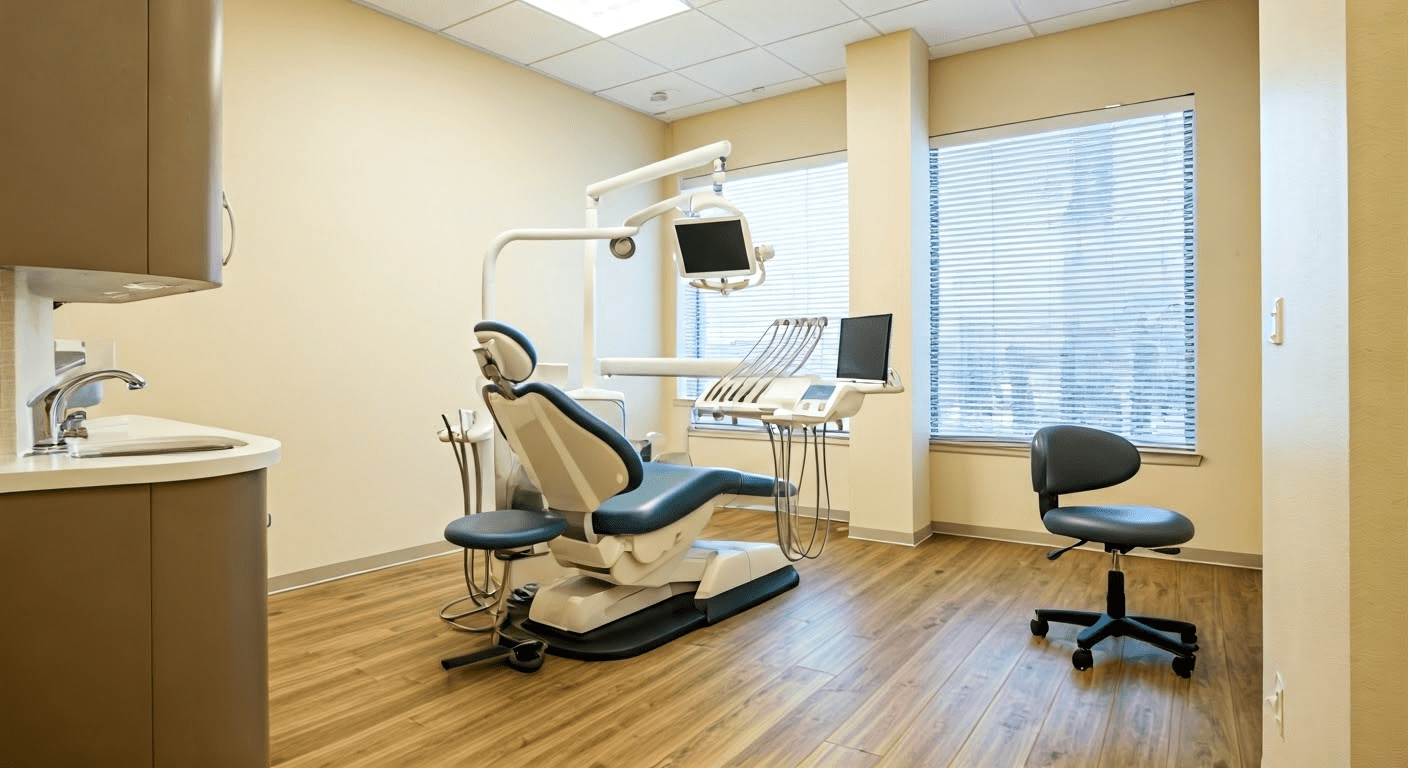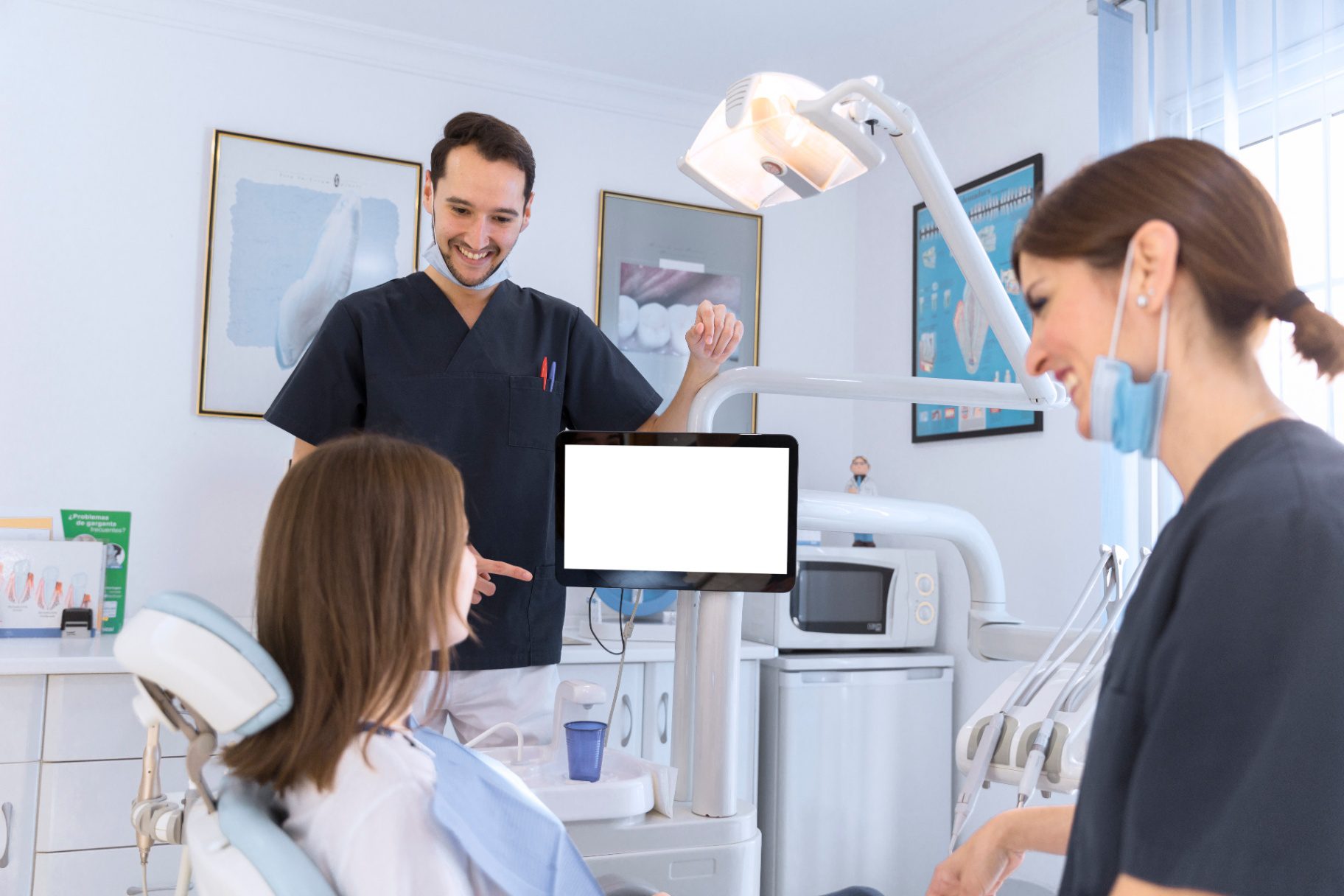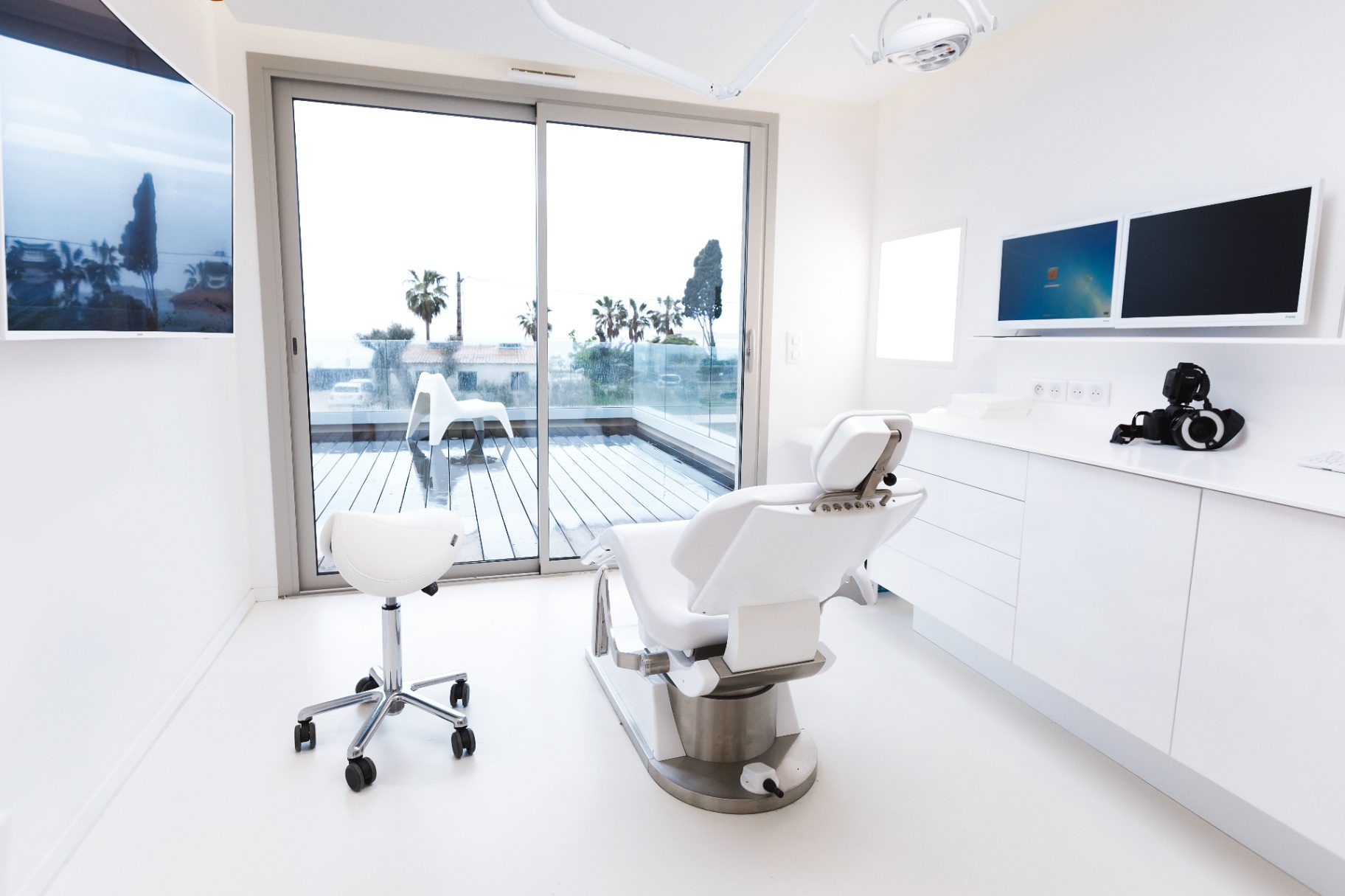The Art of Responding to Reviews: Enhancing Patient Experience and Building Online Reputation

Managing responses to both positive and negative reviews is one of the most important tasks for organizations and healthcare providers. This practice serves as an opportunity to connect with and demonstrate a sincere approach to service delivery, while also managing the organization’s online reputation. Positive reviews help reinforce trust and loyalty, whereas negative reviews highlight areas needing improvement, reflecting a commitment to addressing concerns and enhancing the patient experience.
When responding to positive reviews, it is essential to show genuine appreciation. Simply saying “thank you” can significantly impact how valued a patient feels. Personalized responses to specific compliments further demonstrate attention and care. For instance, if a patient praises the staff’s friendliness, emphasizing the team’s dedication to providing a welcoming environment can strengthen the relationship with the reviewer and signal to potential patients that the practice values feedback and strives for excellence.
Handling negative reviews requires a different approach. It is crucial to respond promptly and professionally, showing empathy and a willingness to resolve the issue without being defensive. For example, a response might include an apology for the patient’s experience and an invitation to discuss the matter offline. This approach demonstrates a focus on patient satisfaction and continuous improvement. By handling negative feedback well, practices can turn dissatisfied patients into loyal advocates and show prospective patients that the practice is responsive and caring.
However, protecting patient information is paramount and regulated under the Health Insurance Portability and Accountability Act (HIPAA). Never respond to reviews with detailed medical information or any details that could identify the patient. Even in positive reviews where patients share their experiences, it’s necessary to maintain confidentiality by responding in a general manner. A good practice is to thank the patient for their feedback and offer to continue the conversation privately if needed.
Engaging with reviews regularly helps manage the online reputation of the practice. Consistent responses to reviews, regardless of sentiment, reflect a proactive approach to patient feedback. This can improve search engine rankings and attract new patients who notice that the practice is responsive and engaged. Additionally, it provides an opportunity for direct communication with patients to resolve any misconceptions and reiterate the quality of care provided by the practice.
In summary, responding to reviews is a vital aspect of modern patient care management. Positive reviews should be acknowledged with gratitude and specific appreciation, while negative reviews should be addressed with empathy and a commitment to resolution. Maintaining patient privacy is crucial for both legal compliance and building trust. Engaging with reviews enhances the patient experience and strengthens the practice’s online presence and reputation.
Examples of How to Respond to a Positive Review
Example 1:
- Positive Review: “I had a wonderful experience at Dr. Smith’s clinic. The staff was friendly, and Dr. Smith was very attentive and thorough.”
- Response: “Thank you so much for your kind words! Dr. Smith and our staff strive to provide the best care possible, and your feedback truly motivates us.”
Example 2:
- Positive Review: “The new facility is amazing! Clean, modern, and the technology used is state-of-the-art.”
- Response: “Thank you for your feedback! We’ve worked hard to create a comfortable and advanced environment for our patients.”
Example 3:
- Positive Review: “I had a great experience during my dental cleaning. The hygienist was gentle and explained everything clearly.”
- Response: “Thank you for your feedback! We strive to make sure our patients feel comfortable and well-informed. Your comments are greatly appreciated.”
Examples of How Not to Respond to a Positive Review
Example 1:
- Positive Review: “I had a wonderful experience at Dr. Smith’s clinic. The staff was friendly, and Dr. Smith was very attentive and thorough.”
- Response: “Cool, thanks.”
- Why It’s Not Effective: This response is too short and impersonal. It doesn’t show genuine appreciation or acknowledge the specifics of the review.
Example 2:
- Positive Review: “The new facility is amazing! Clean, modern, and the technology used is state-of-the-art.”
- Response: “Glad you liked it. Come back soon.”
- Why It’s Not Effective: While the response acknowledges the review, it lacks warmth and personalization, which are important in building a connection with the patient.
Example 3:
- Positive Review: “I had a great experience during my dental cleaning. The hygienist was gentle and explained everything clearly.”
- Response: “Thanks for the review. Please recommend us to your friends.”
- Why It’s Not Effective: Although this response expresses some gratitude, it quickly shifts to a self-serving request, which can come across as insincere.
Trusted Sources and Further Reading
-
Harvard Business Review: “A Data-Driven Approach to Improving Your Online Reputation” – This article discusses strategies for managing online reviews and the impact of positive and negative feedback on a business’s reputation. Harvard Business Review.
-
Forbes: “How to Respond to Customer Reviews” – This article outlines best practices for responding to both positive and negative customer reviews, emphasizing the importance of personalized and professional responses. Forbes.
-
American Medical Association: “Handling Negative Online Reviews: Guidance for Physicians” – This resource provides specific advice for healthcare providers on managing online reviews while maintaining patient confidentiality. American Medical Association.
Engaging with reviews, both positive and negative, is essential for building and maintaining a strong online reputation. Properly responding to reviews enhances patient satisfaction and reflects a commitment to continuous improvement and patient care.




